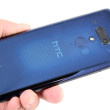Review: Motorola Moto G for AT&T
Menus
Like the Moto X, the G runs a near-to-stock version of Android 4.3 Jelly Bean, but it loses the X's best software features. The G does not have Active Display, nor Touchless Control. Not only does the G not have Active Display, but the G is incompatible with the version of Active Display that's available in the Play Store. Active Display is a unique notification system that brings alerts to the lock screen. It's a pity that's missing. Touchless Control is the Moto X's always-on version of Google Now. The Moto G still runs Google Now, but you have to open the app manually, rather than use the "OK Google Now" catchphrase to launch the app.
Those features aside, Android 4.3 includes lock screen widgets, which let you peek at your SMS or Gmail inbox without unlocking the phone. It also has notification shade controls that make it easy to switch off Wi-Fi, for example.
There are plenty of home screen panels for user customization, the main app menu can be arranged at will, and the ability to place apps in folders on the home screens lets you organize the device how you like.
Performance of the Moto G's software is incredibly fast. The phone has a 1.2GHz Snapdragon 400 processor on board, and - whatever magic Motorola has performed to tune the software - this engine gets the G revved up. I didn't notice any performance problems at all.
Calls and Contacts
Pressing the phone button on the home screen brings you to the dialpad. You can swipe sideways to access the call log, and your favorite contacts. The call log provides some information about calls (time, duration) in addition to shortcuts for redialing or sending a text message to that number.
Contacts are automatically synced with your Google accounts and whatever other contact databases you might wish. Contact shortcuts or direct dial / direct message shortcuts can be placed on the home screens, which give you instant access to your besties. You can also add contacts to your Favorites list, which is visible in the phone application and includes a homescreen widget.
Messaging
The G comes with the same stock Android communications apps that are on every other Android device. That means Gmail, email, Hangouts, and Google+. There are no third-party communication tools on the phone when you pull it out of the box; Google is all you get. If you want more, the Google Play Store has plenty to wade through. The stock tools work well.


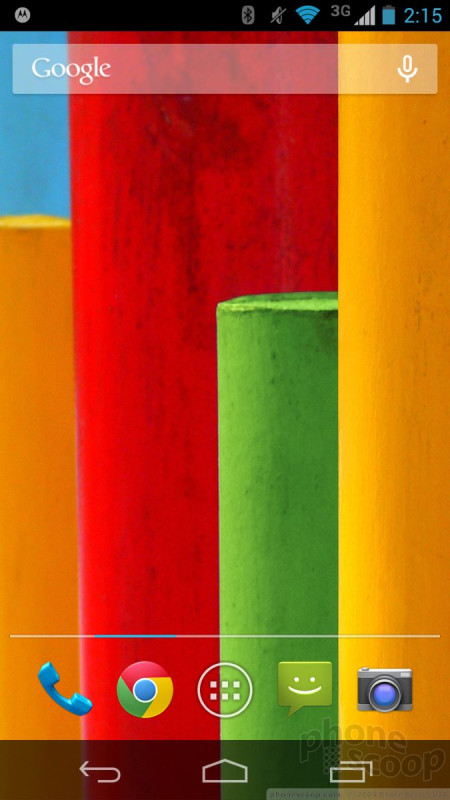




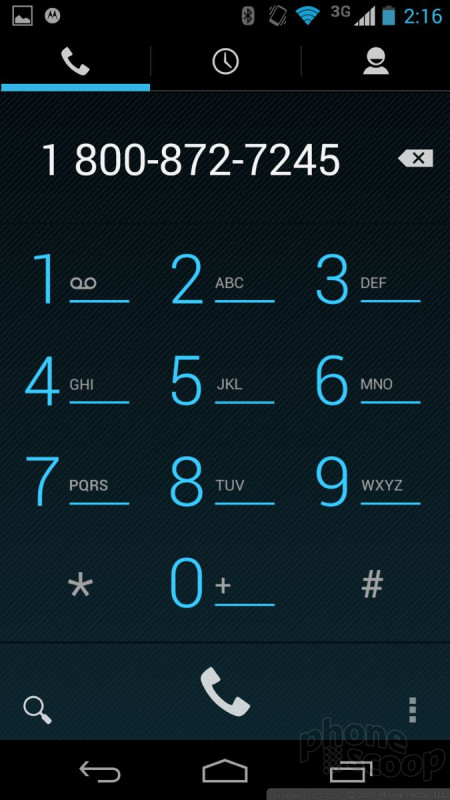












 Motorola Refreshes Gallery App
Motorola Refreshes Gallery App
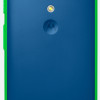 Grip Shells for Moto G Now Available from Motorola
Grip Shells for Moto G Now Available from Motorola
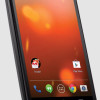 Moto G Available Directly from Google As Play Edition Phone
Moto G Available Directly from Google As Play Edition Phone
 Moto G Available to US Consumers on Motorola Site
Moto G Available to US Consumers on Motorola Site
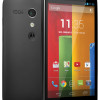 Motorola Announces the Moto G for $179
Motorola Announces the Moto G for $179
 Motorola Moto G (GSM, 1st gen.)
Motorola Moto G (GSM, 1st gen.)



